Above-standard long-term review of steel trail hardtails by American cult brand Surly. A playful bike made for exploring distant singletracks.
If there’s one thing a bike test can be called as long-term, it’s clearly this test of my Karate. I’m starting my third season with it this year. In all that time, this bike has been through a lot. And it suffered a lot. But each time, it carried me without hesitation through everything I put in front of it. Actually, it’s probably not even a test as much as an ode to my most-used bike. So if you’re after regular independent journalism, you probably won’t find it here.
I can’t forgive myself for making an opening foray into history, because rehashing the timeless and visionary approach of the Surly Intergalactic universe’s best bicycle company is never enough. The first Karate Monkey frame set appeared in the Surly catalogue back in 2002. KM thus began to write the history of the 29er wheels and became one of the handful of first produced “29ers.” It was also one of the first bikes to appear on our site. The model underwent a major change in 2016. Damn, has it really been that long? This year saw a complete redesign of KM and the bike we know today.
First, the frame. As an enthusiastic user of toilet paper imprinted with “Carbon Fiber,” I am quite clear on the chosen material. The new KM was given a whole new set of CrMo 4130 Natch tubes with a larger diameter than was customary for Surly. Also, one gem in the form of a conical frame top tube. The oddballs of Minneapolis probably figured that to make the frame tough enough, it would be good to have it forged by a bunch of drunken dwarfs somewhere underground in Minnesota. The weight of the frame is not too far from Thor’s hammer. On the other hand, I have to say, it fills one with the certainty and confidence that even from a possible collision with a bear, one will ride away victorious.
The wheel size has become a major change. As is customary with Surly, the frame accommodates a wide range of wheels and tyres, but the new KM took the wheels 27.5+ as its own. However, the declared throughput is at 29×2.5. I’m confident there’ll be room for a wider one. I’d like an Enduro 2.6 there. The original rear spacing is called Gnot-Boost. By design, this means the bead span is 145mm. In practice, this means that you can easily get both a 148mm Boost Hub and an earlier 142mm, well and, using Surly adapters, a good old-fashioned fastener. The front steel fork has 110mm for Boost. The back flat beads still allow for conversion to singlespeed because that’s the bottom line. Because of this, the axis is not screwed directly into the frame, but tightened with a sliding cap with a 6mm screw. The fixed axes are therefore a bit false. I’m fine with this solution. It’s a very simple and universal Surly-style travel system.
The geometry of the frame corresponds exactly to what I would describe as “trailpacking.” The Karate Monkey has the perfectly balanced geometry of a playful trail bike, which can also travel very comfortably over long distances. The angles are set to still allow driving with a rigid fork. But you can also use a 140mm suspension fork. The pleasantly but not overly short rear structure, as well as the long upper frame tube and lower centre of gravity make KM a playful trailbike. But at the same time, the frame triangle remained large enough to provide solid cargo capacity. And, as befits a bikepacking bike, mounting points for carriers, fenders and bottles are numerous on both the frame and the rigid fork. If you like to frolic on geometric tables, I’d rather direct you here, where you’ll come into your own.
It has undergone a number of changes since I own Karate Monkey. From the US, a basic model of a complete wheel with a fixed fork has been brought in at a cost of less than $1,000. Sadly, in Europe, the frame set itself sells at this price. The bike was littered with the worst scraps they could find at the bottom of the boxes in Sram. Sram Level brakes and NX 1×11 set. Alex’s MD 40 rims braided on Salsa hubs and worn by motocross wizards Surly Dirt Wizzard. I still recall the unnecessarily wide straight bone where the handlebars with Answer 800mm should have been, and how squeaky narrow the WTB Volt 135 saddle was, and surprisingly acceptable.
The handlebars went down first. It turned out that the 800mm was absolutely no good for my grip, and I was constantly striking trees with such a pole. I put on some 760mm Mortop swallows that I had at home and was used to. My bike was immediately in better control and more comfortable to sit on. Next came cranks. On the Rychlebske trails, I managed to break the pedal off the right crank, which was beyond repair. The solid axis system at the center of the frame and bolted onto it by a soft aluminum mud NX-crank was really pathetic, so there was a trade-off for the classic GXP axis and crank set Truvativ stylo, which have been blowing up ever since.
I often considered switching to 1×12 because my legs didn’t want to accept the range of an 11-42 11sp cassette. But a 12-speed cassette with 50 teeth for a pastor is on the back wheel of something so disgusting that I didn’t make the decision. Plus, the rebuilding money turned out to be a better investment in fitness, because after a couple of gym visits, I stopped having the slightest problem with the range of gears.
A much bigger asset was the Kind Shock Lev SI’s 125mm telescopic saddle. Based on the requirements of the time, the frame has an opening for the internal line of the cable and an internal diameter of 30.9mm for the saddle. I had to change the telescope lever after one fall on a Rychleby ridge. After a long spell, I took the Crak Brothers Highline. This lever is great, and I recommend 100%.
In the past year, with the prospect of more challenging trail trips, I have reached for a Rock Shox 35RL suspension fork with 140mm. Unfortunately, they were doing these forks with the Rock Shox on the afternoon shift on Friday, so after two complaints of the same fault in two forks with a 300km ramp, there was no choice but to choose another replacement. The only fork available at the time was the Rock Shox Pike 130mm. Good thing. The one cm lower lift was positive in the climb, where I had a little trouble with the 140th keeping the front wheel on the ground. Plus, I didn’t miss that inch in the downhill. Enough has been written about the overall velvet workings of Pike in the world, so I’m not going to gold any more, and I’m going to close by saying I’m super happy with the fork. What’s still worth noting is the fact that with the suspension fork, the angle of the saddle pipe has increased, which at the moment I’d welcome a little smaller to pedal more under myself. I deliberately kept the long pipe of the fork so that I could change the height of the image as I needed to. It’s not exactly a design masterpiece, but the end justifies the means. While I’m riding as low as I can for my mid-morning ride through the woods, on bikerafting trips with a packraft on the handlebars, I’m lifting the steering calmly 3cm up.
With the added weight of the suspension fork, it was necessary to find a saving elsewhere. Tires. Dirt Wizzards were unreal about traction. The most aggressive pattern I’ve ever seen was held in all circumstances and with unyielding certainty. But spinning them took some doing. So I changed the Wizzards to Nobby Nic 2.8/3.0 back/front and tubeless of course. Saving over 500g on spin mass caused a diametric difference in ride dynamics. In principle, I have nothing to fault Nobby Nics for. They have the traction I wanted, they’re light, they don’t suffer from defects, they don’t get scared on the wet. Just solid off-road rubber. I also experimented with Rocket Ron on the rear wheel for a while, but that was a dead end. The fine specimen was rolling nicely, but it was far from giving me the support I need.
So we gradually got to the bicycle I have today, which continues to amuse me and fill me with the certainty that I can go anywhere I want. The harder the terrain, the better. So I can get on the ride after all the bullshit. Well, I ride that bike well, or I probably wouldn’t keep it, would I? It’s not a racer, it’s heavy and it’s got wide tyres. It is an animal that eats everything in its path, and if it goes downhill, it will be a lot of fun. Bike is easy to read. Even in a lot of steep slides in the rocks, he holds the direction I’m going to set. With a little prod, he willingly lifts the front wheel over the obstacle. As I wrote in the beginning, KM seems to me to represent the ideal of trailpacking biking. A sturdy steel frame, playful but comfortable geometry and sufficient transportation capacity are the strongest aspects. Also, it’s exactly the kind of trail hammer I imagined for my driving around Kokostezky. It fitted me with a 27.5 plus wheel dimension. Especially on home trails, I’m good at wrapping around trees. Its width makes it easy to carry me across sandy silts, and with the right pressure, it makes them reliable root-eaters. I also consider the fact that, thanks to the greater traction of the wide tyres, I don’t have to brake as hard, and I don’t leave any skittish rygols in the woodwork. I’ve still got a second pair of 29er wheels, but that’s just a whim. Twenty-seven works beautifully, and it’s probably the perfect size for discovering mountain singletracks, which tend to be full of rocks and roots. I enjoy the maintenance-free operation and driving manifestation of the hardtail. I like to know what’s going on under my ass and I like the response I get from the rear structure. The first year I pedaled with a rigid fork and a drooper seat post. I had a lot of fun with this combo, and I go back to it sometimes. It’s kind of interesting how a pepper can cushion the strokes all over the bike, and it’s not just about having to rip your hands off. The simplicity and punk of the rigid trail hardtail has great charisma, and whether you like it or not, the rigid fork tweaks the technique, and every biker should go through it. With the upgrade to the suspension fork, I’ve primarily accelerated in the downhill, and the ride isn’t as physically demanding because the fork takes an awful lot. And, of course, more speed=more fun.
Incredibly, for a Level desperate brakes, I haven’t had to touch them once in all this time. I just switched pads and kept driving. That’s why they’re always on their bikes. They don’t brake much, and I thought it would be the first thing I replaced, but they’re completely maintenance-free and still work. It’s the same with the NX group. I would have traded it for Shimano, but I also didn’t have to touch it all the time. I just drive and shift all the time. Exactly and reliably. And still on the original chain…..the mechanics will forgive. So until some of it breaks down, I keep driving. Ridge by ridge, trail by trail.
Surly
Reliable frame
Balanced geometry
Comfortable but playful
A real bikepacking hardtail
Higher weight
European prices
Thru axes are not real

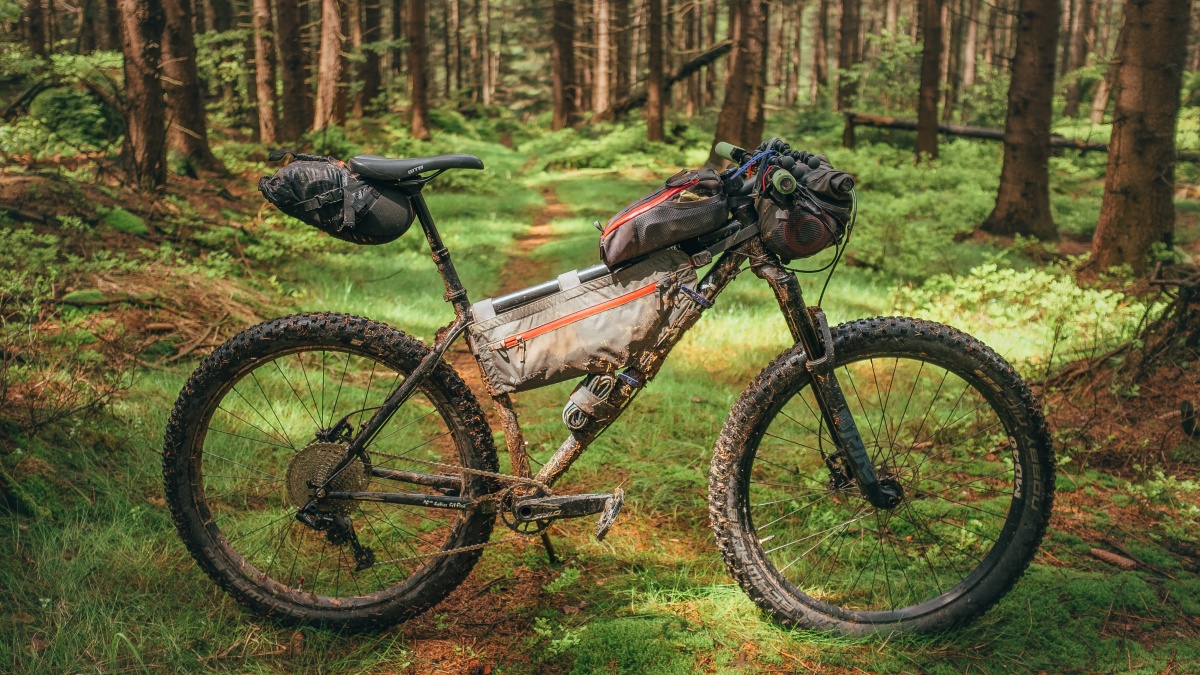
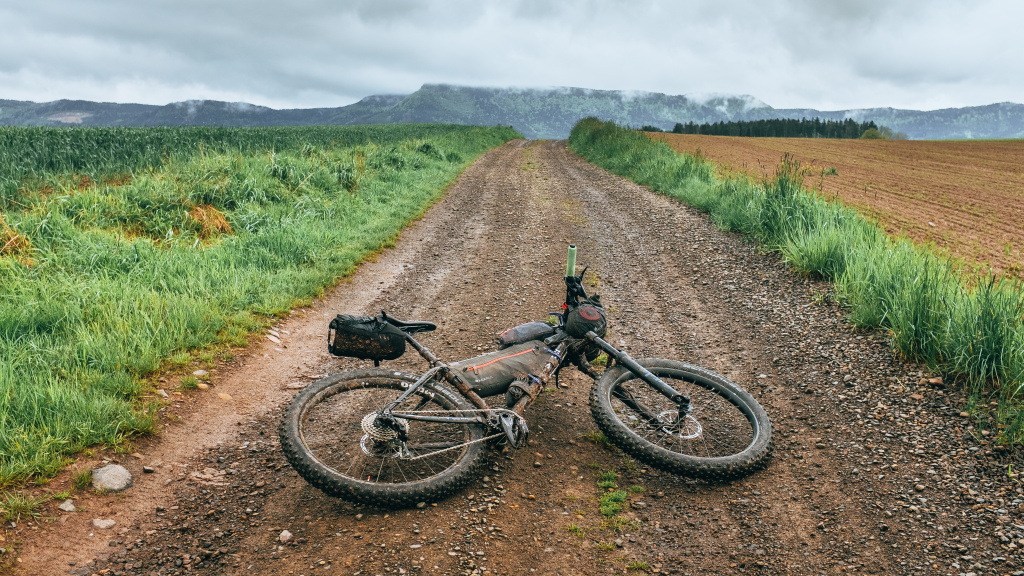
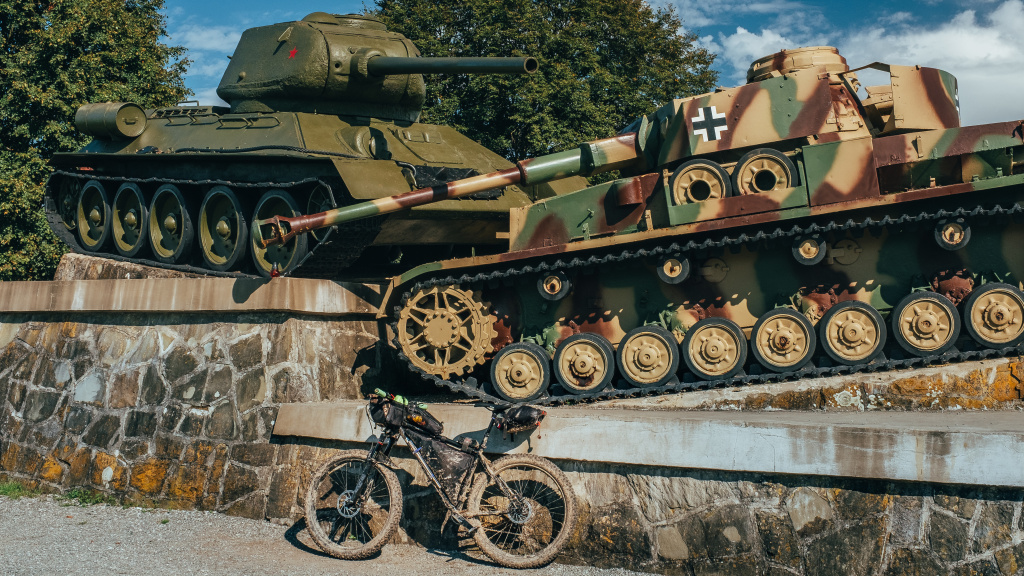
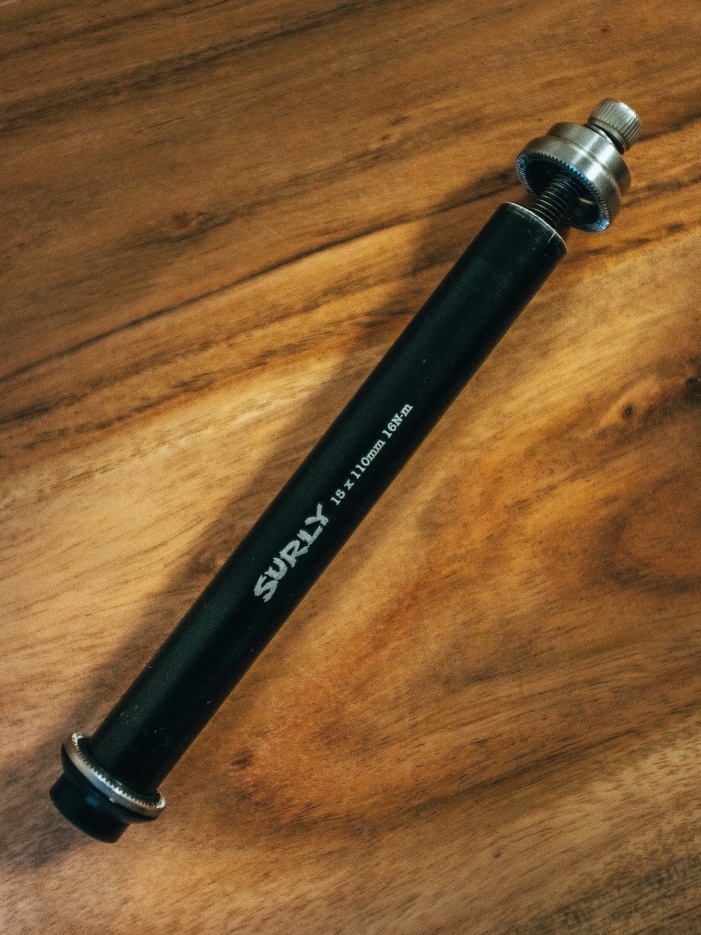
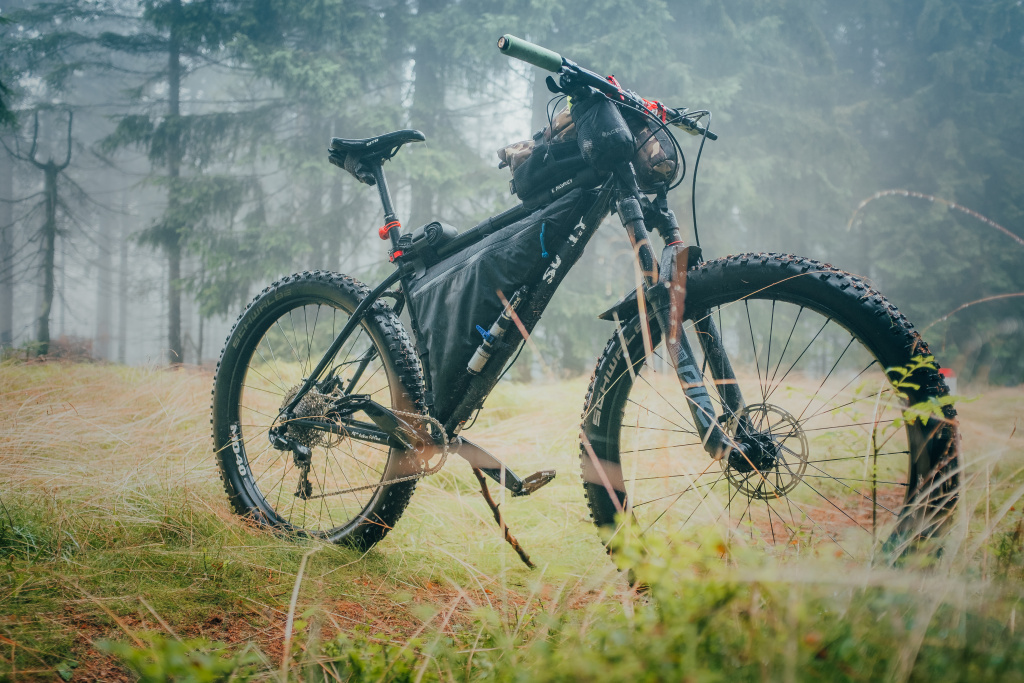
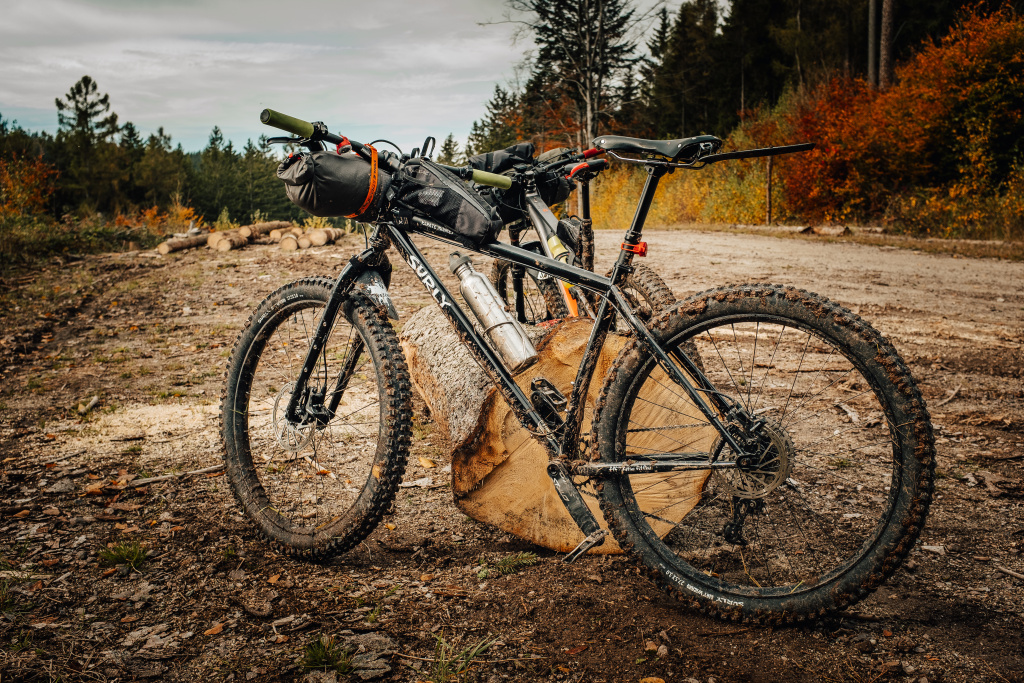
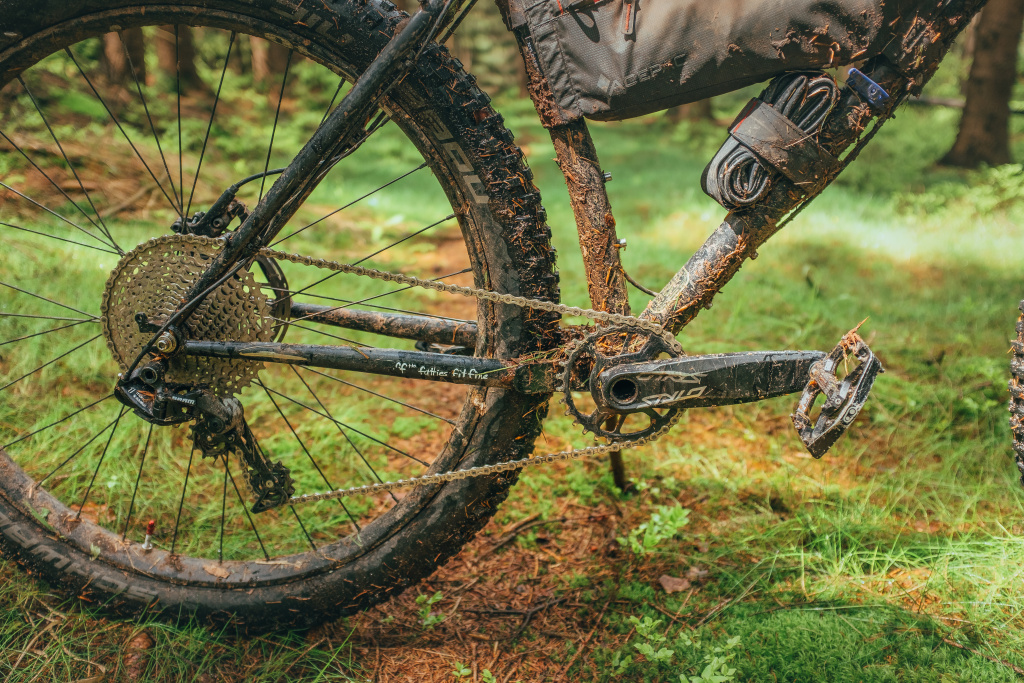
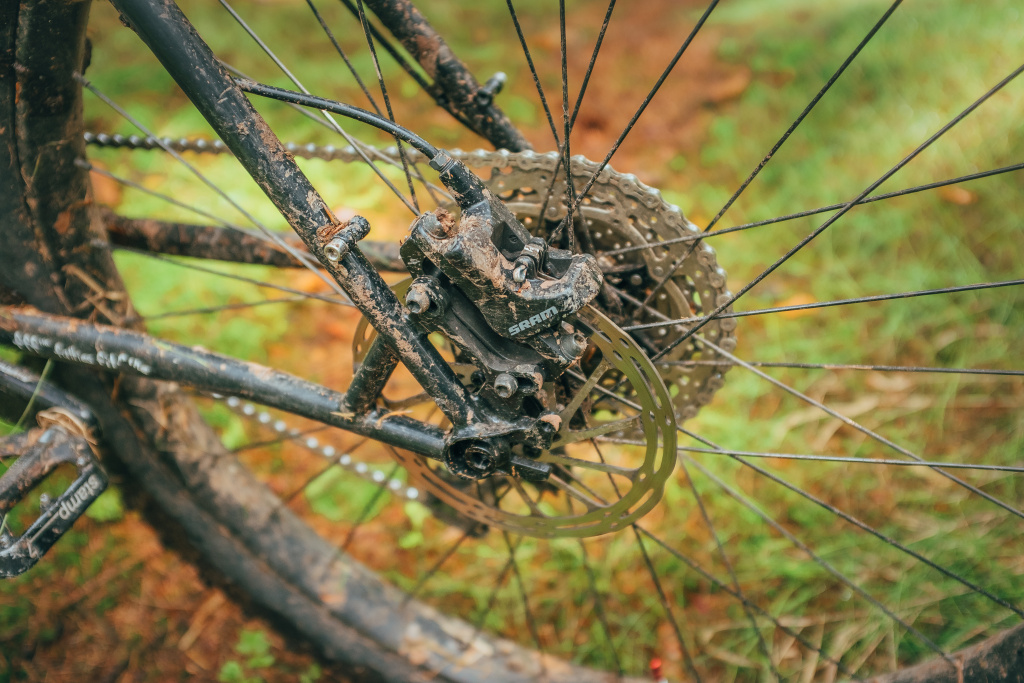
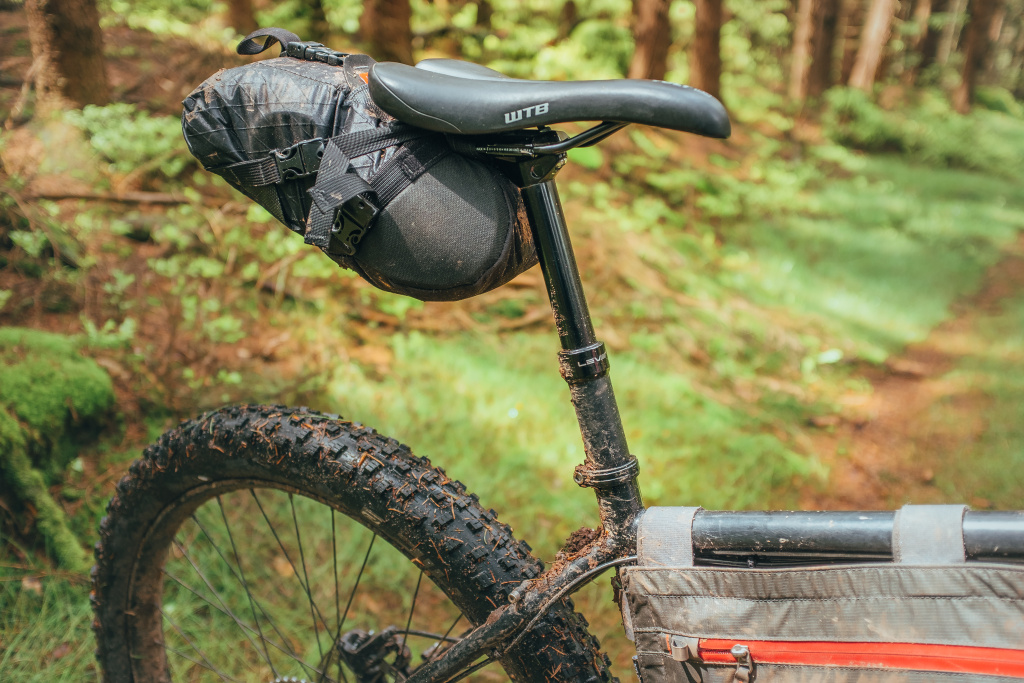
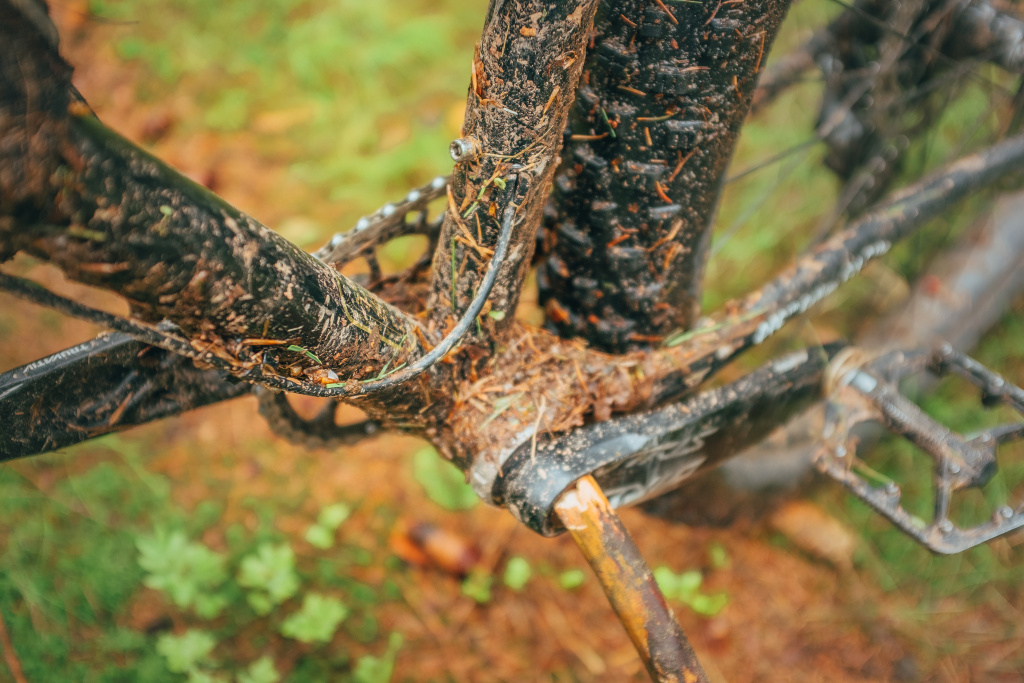
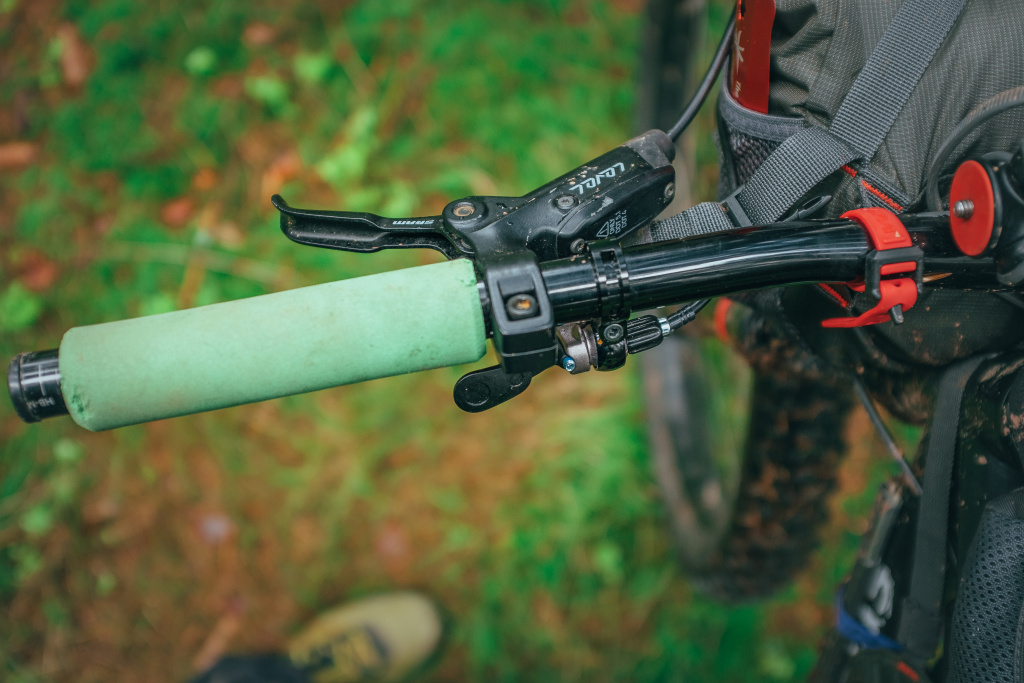
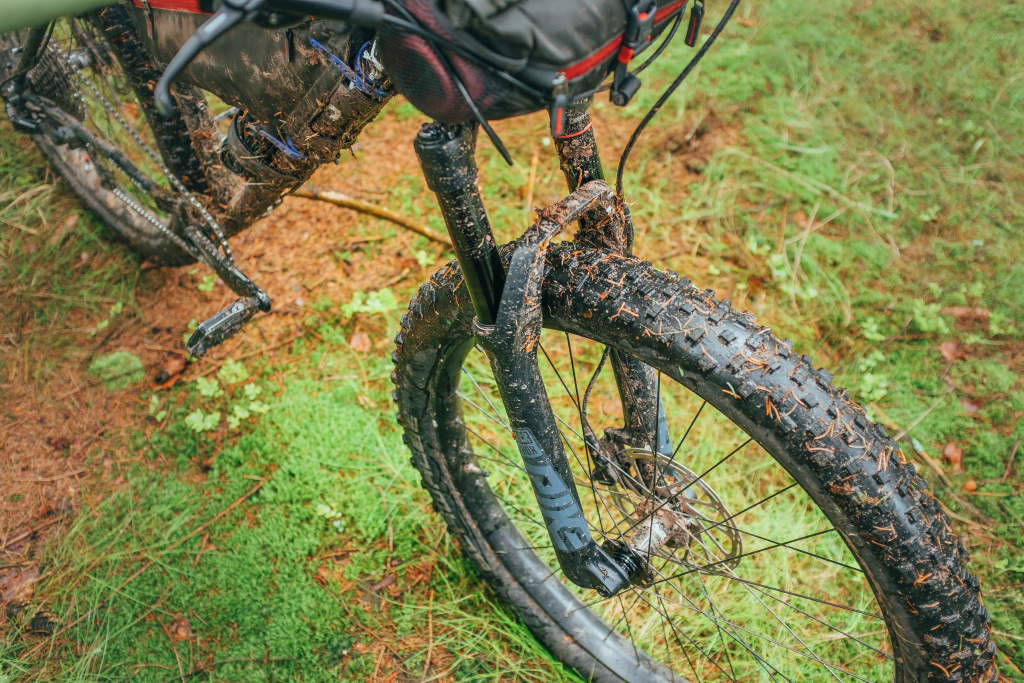
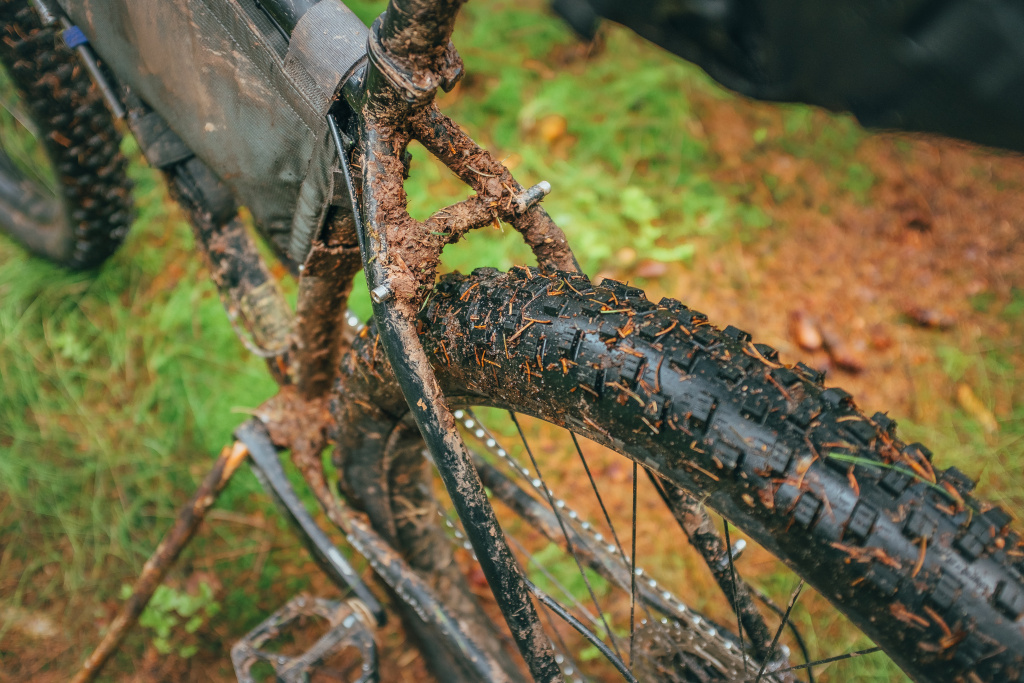
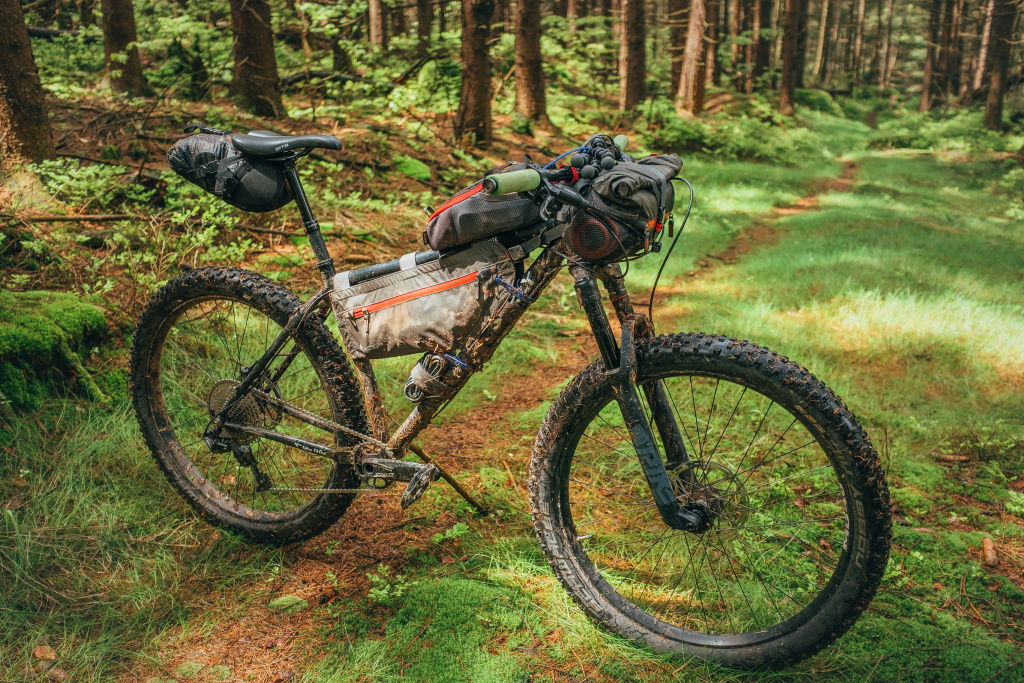
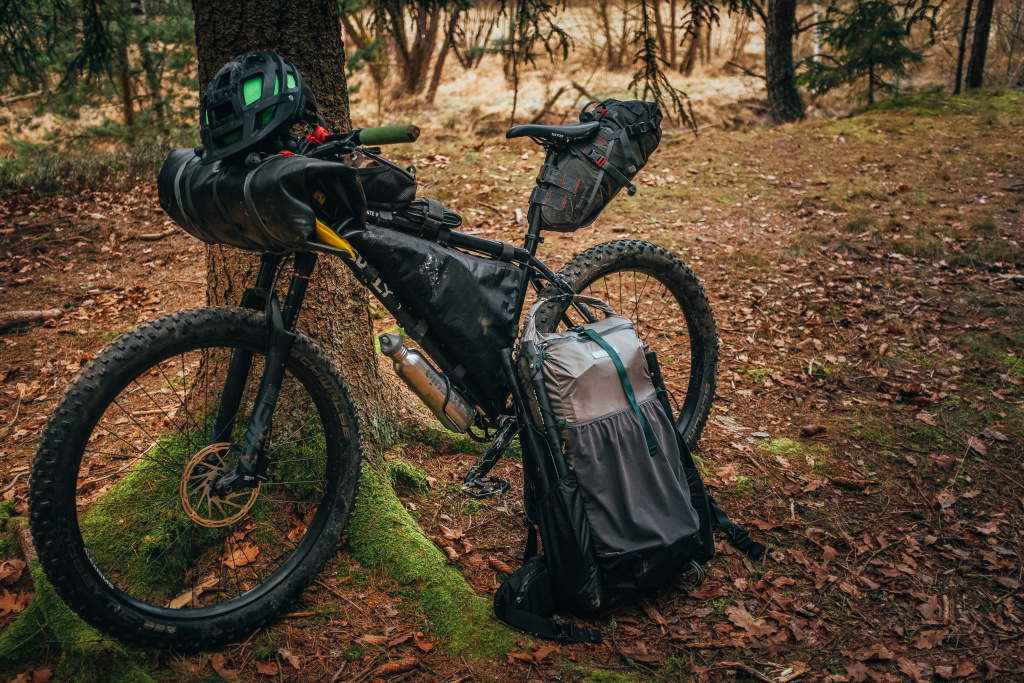
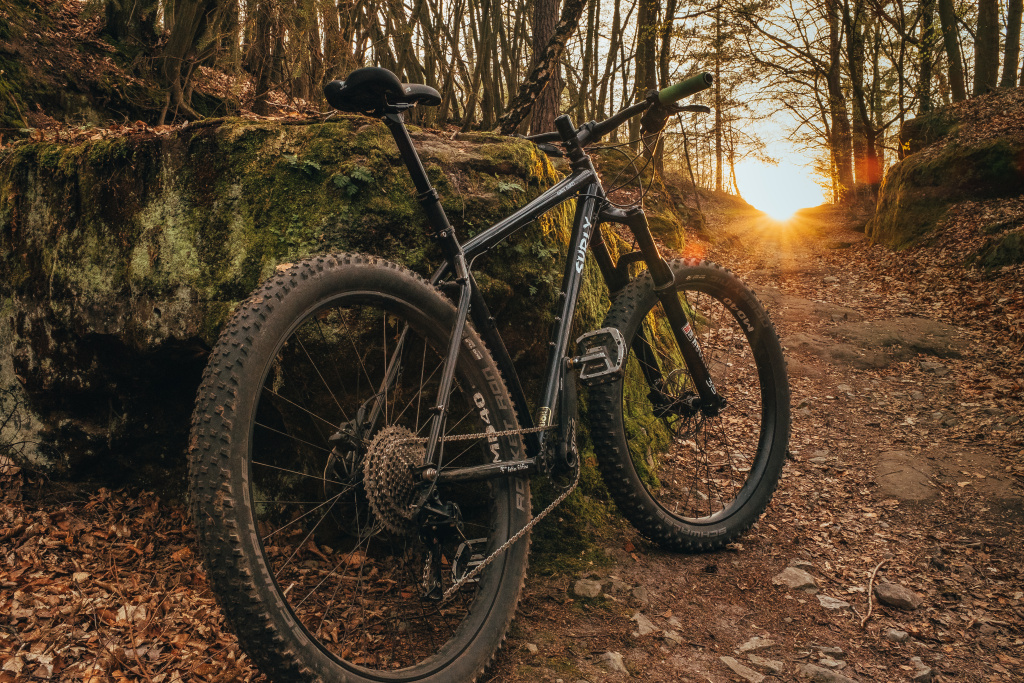
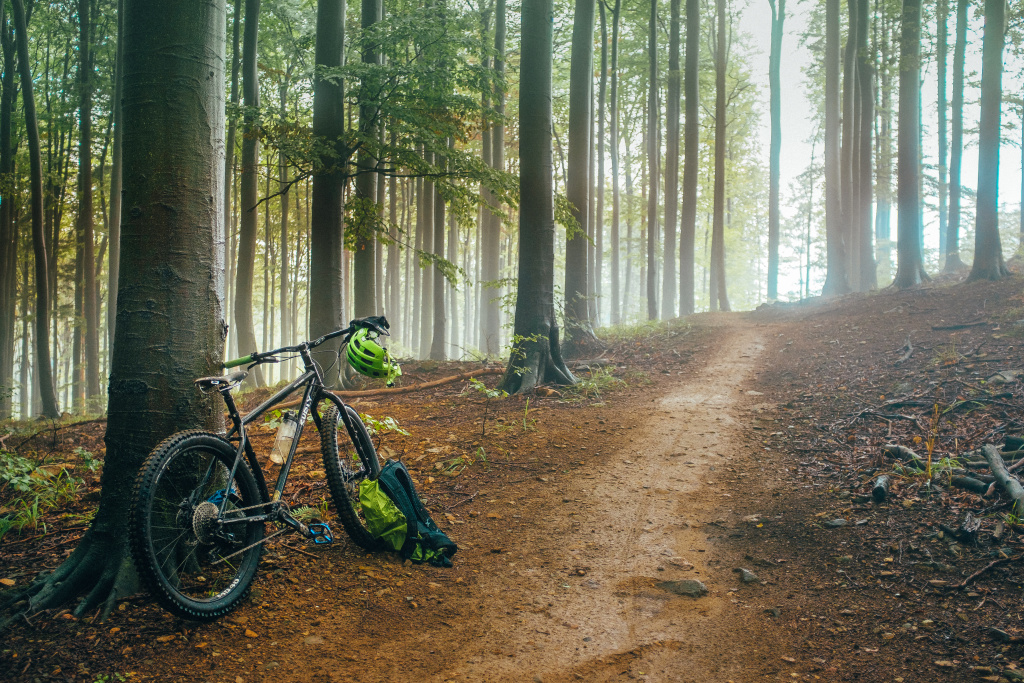
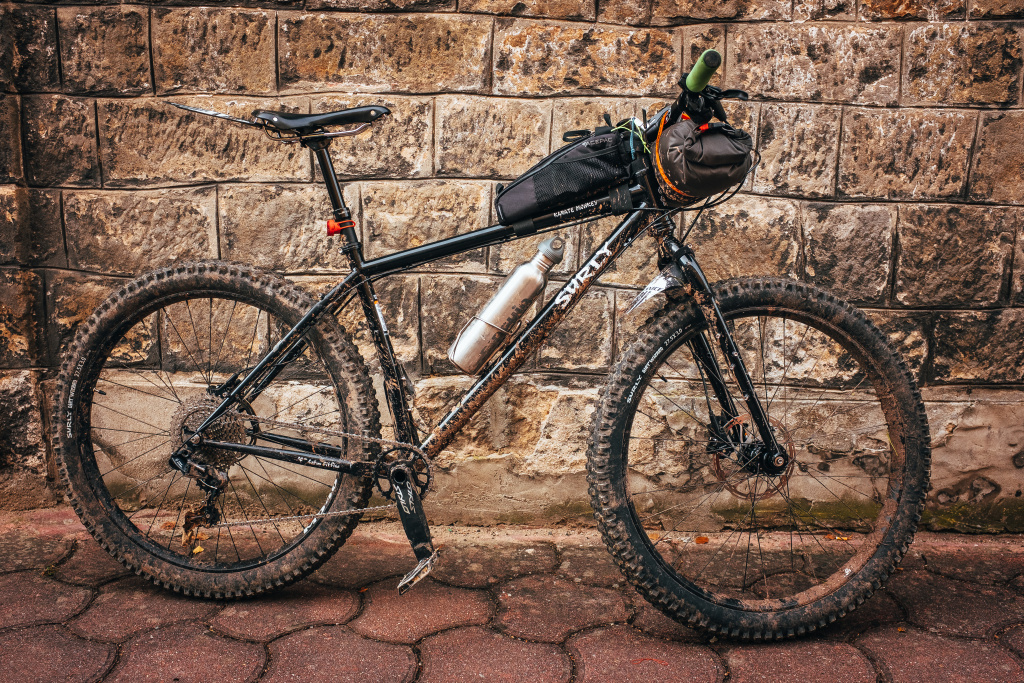
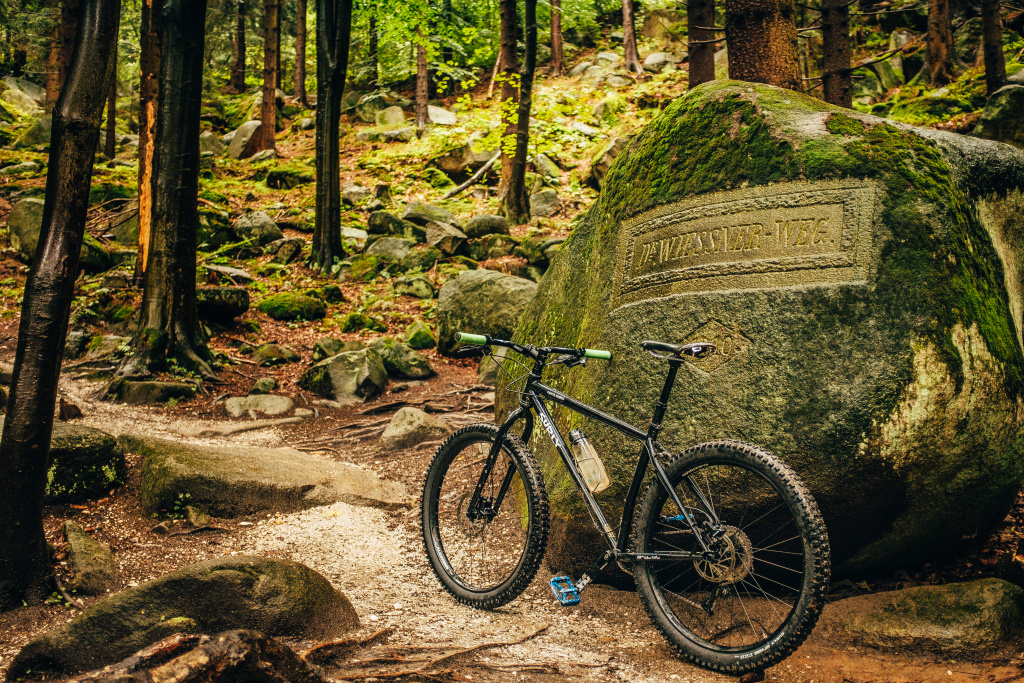
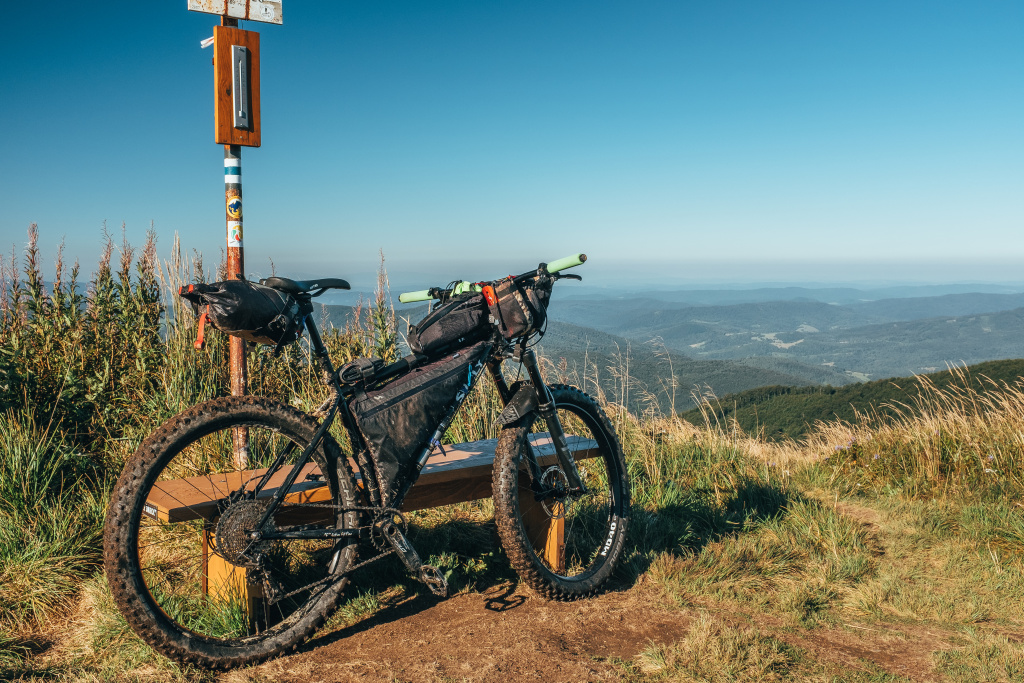
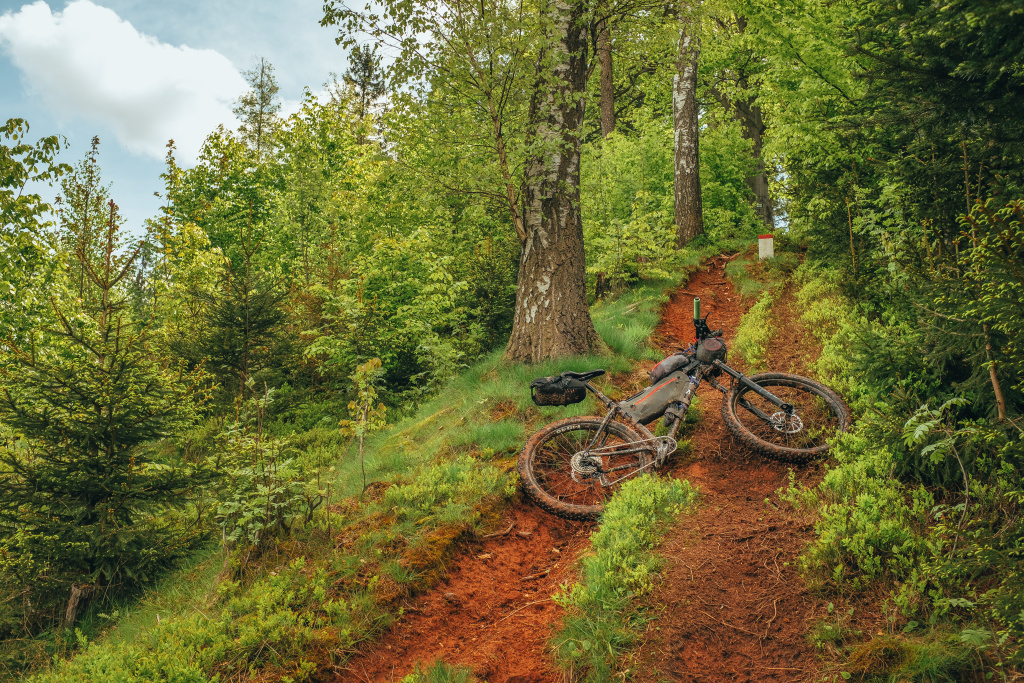
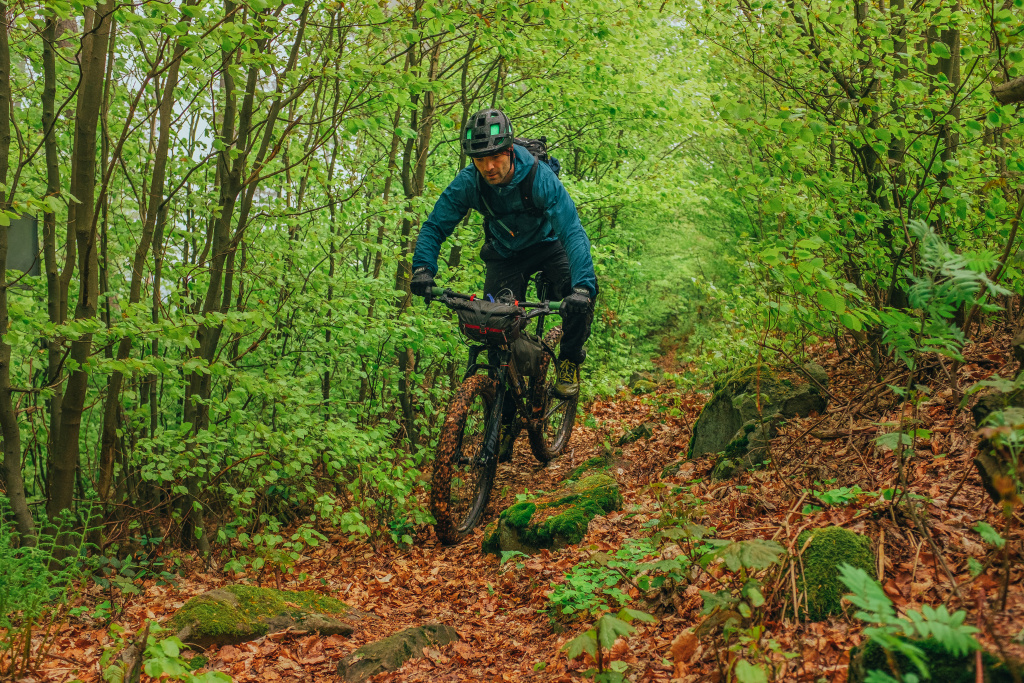
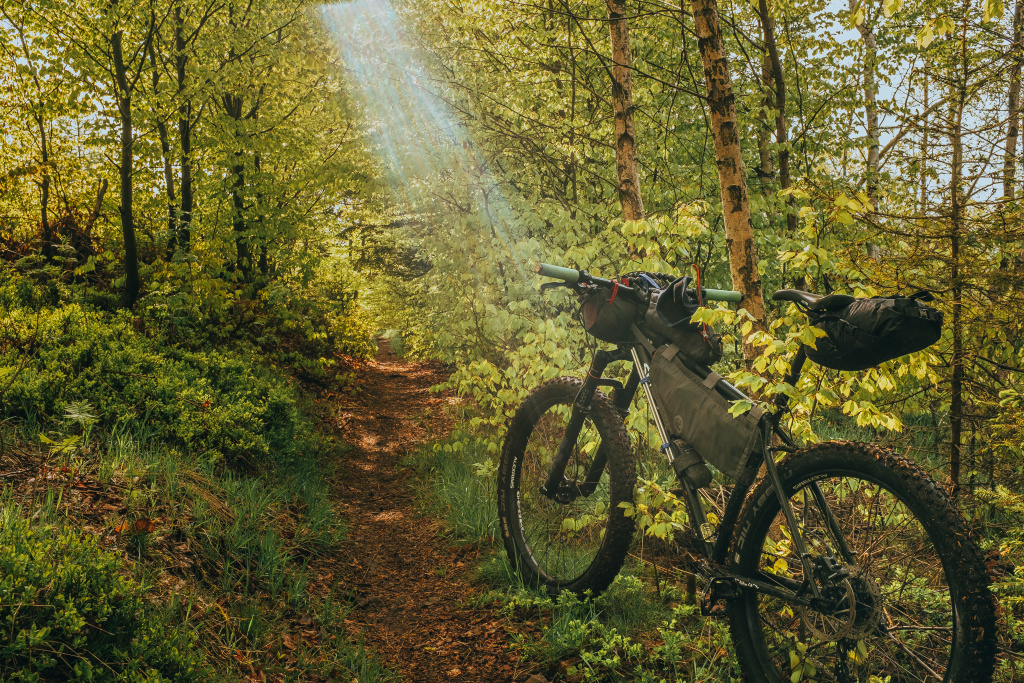
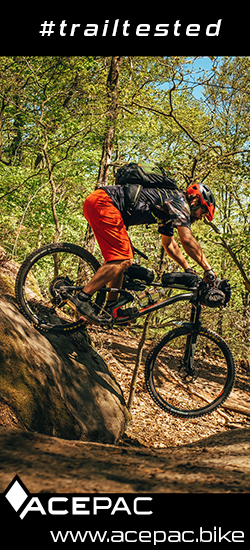
Discussion